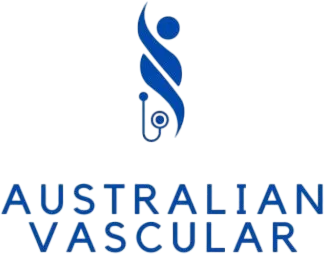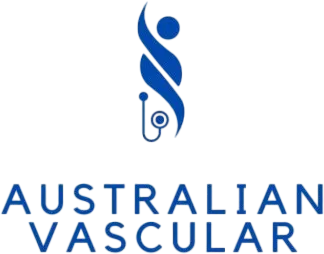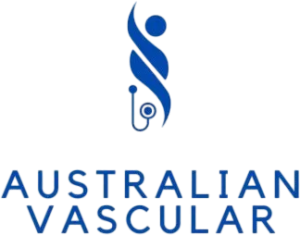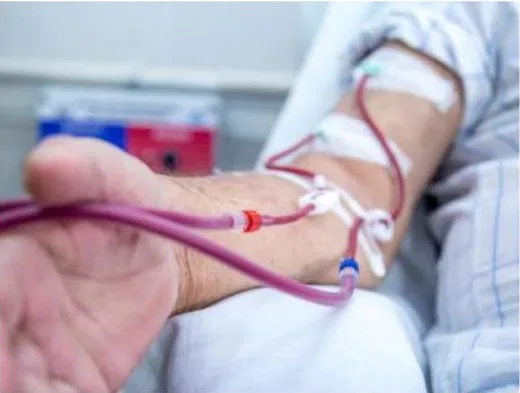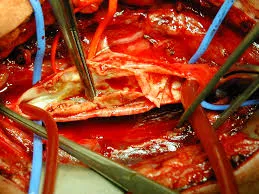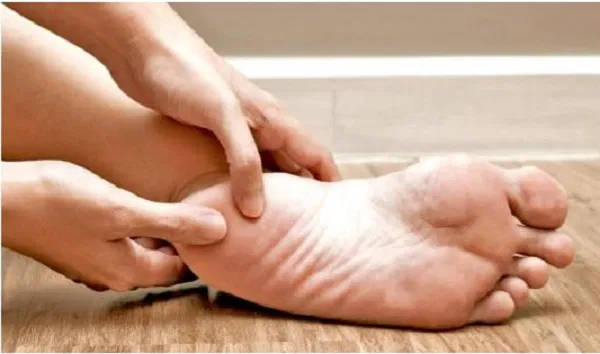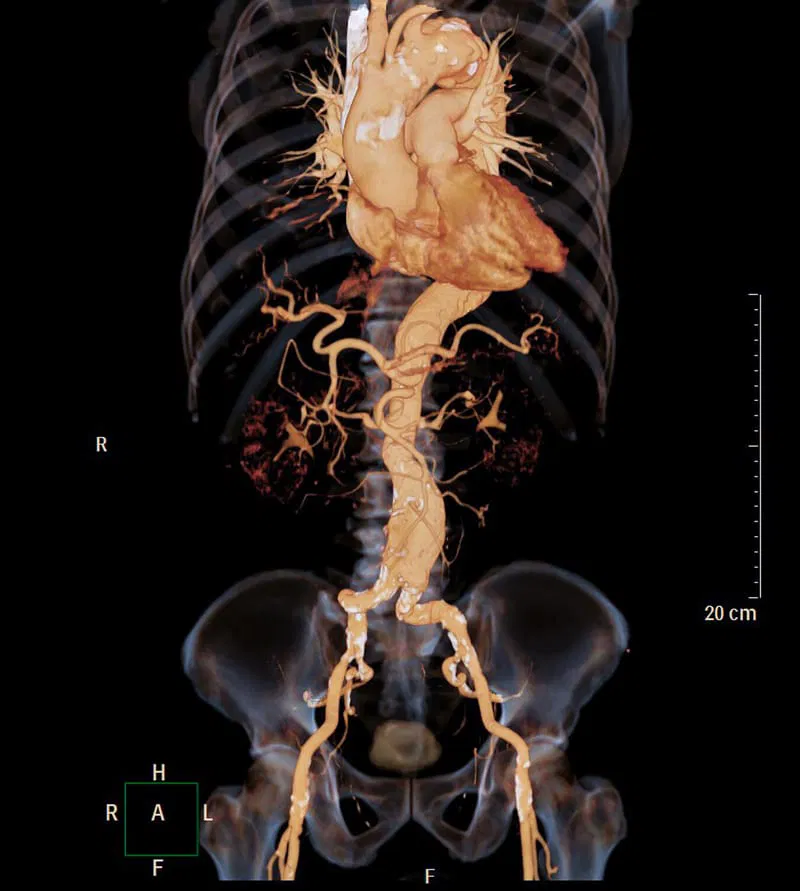Hemodialysis is a treatment for kidney failure that uses a dialysis machine to filter waste from your blood, a function normally performed by healthy kidneys. During the procedure, you’re connected to a dialyzer through a thin tube. Blood is drawn through a needle inserted in your arm, passed through the dialyzer for filtration, and then returned to your body. This process is usually done three times a week, so reliable access to your bloodstream is crucial. Dr Al-Najjar specializes in creating vascular access, which is essential for repeated needle insertions during dialysis. He offers two long-term options:
- Arteriovenous (AV) Fistula: Dr Al-Najjar surgically creates a connection between an artery and a vein, allowing the vein to grow larger and stronger. This type of access provides excellent blood flow and is preferred for its lower risk of infection, reduced clotting, and long-term durability.
- Arteriovenous (AV) Graft: In this procedure, Dr Al-Najjar inserts a synthetic tube (graft) to connect an artery and a vein. The graft serves as an access point for dialysis, making blood drawing easier.
Dr Al-Najjar ensures that vascular access is created well before the start of hemodialysis, giving it time to mature and function effectively.
